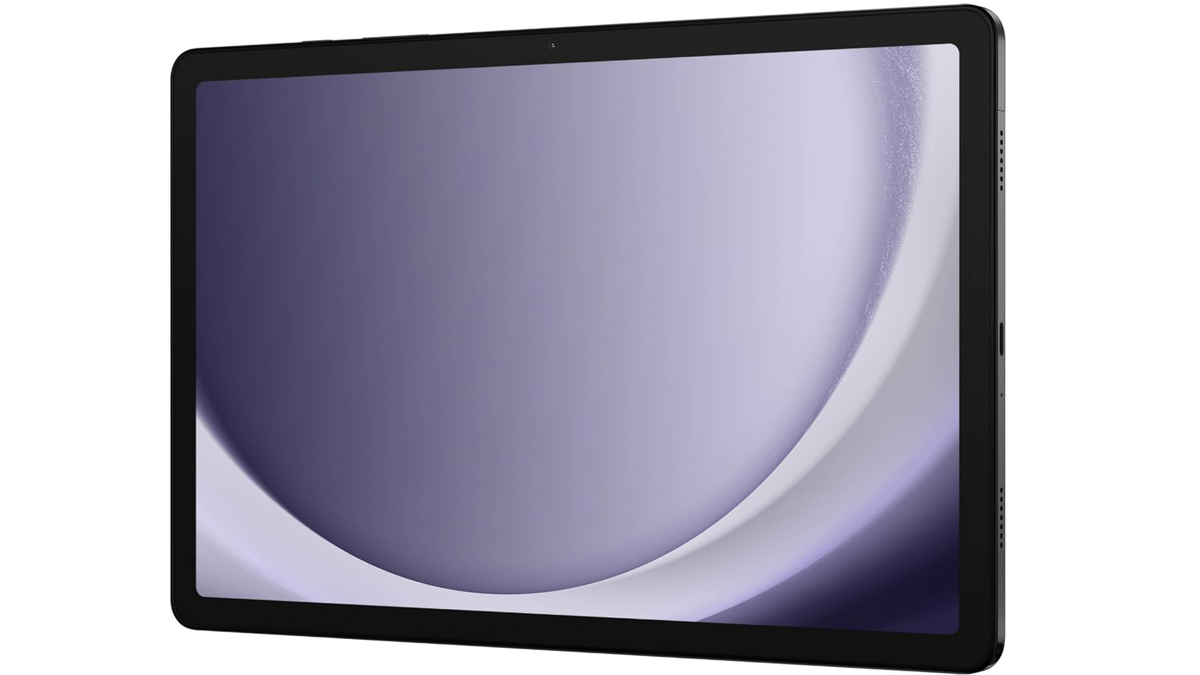The menus offer far more settings options than typical for the price range, starting with seven picture modes, each of which offers the same list of settings for customization, including Brightness, Contrast, Saturation, Hue, Local Contrast Control, and Flesh Tone. I chose Standard picture mode for my formal SDR viewing tests, primarily because it was the default choice, and no other mode offered obviously better image quality. The only change I made was to adjust the brightness setting correctly for viewing in a dark room, which improved shadow detail significantly without raising the black level in dark scenes or washing out bright scenes.
That said, the black level varied across the screen from what looked like internal reflections. Instead of fading to a solid black between scenes, there were areas of lighter and darker grays. The same was true, though not as obvious, for large black areas in particularly dark scenes. This issue can be annoying when watching in dark rooms, but it’s largely washed out by ambient light, so if you plan to watch mostly with lights on, it won’t matter.
(Credit: M. David Stone)
Aside from the uneven black level, the Boom Mini scored reasonably well for image quality. In my SDR viewing tests, it delivered nicely saturated color and good contrast, and the blacks were suitably dark. Even better, shadow detail held well enough to give a good sense of three-dimensionality to smaller, rounded objects in dark scenes.
Aurzen says the Boom Mini accepts a maximum 1080p/60Hz-resolution input with support for HDR10 and HLG HDR. In my formal tests using a 4K HDR Blu-ray disc, the Blu-ray player reported a 1080p SDR connection, but the projector handled the HDR material well anyway (a trick that only some projectors can manage). In my informal tests, the projector reported an HDR connection with Apple+.

(Credit: M. David Stone)
Note that the Boom Mini maintains the same picture mode settings for both SDR and HDR, so if you want to store custom settings for each, you’ll have to switch between modes for each kind of input. I picked Movie mode for HDR because it offered the best color quality. In this case also, I bumped the Brightness setting up a little, but not as much as for SDR. After my adjustments, colors held up well, and shadow detail in dark scenes was noticeably better than for the SDR disc’s versions of the same scenes.

(Credit: M. David Stone)
Image brightness for the settings I used was close to what I expect from roughly 400 lumens or a little more. For SDR material, it was bright enough to light up my 90-inch, 16:9 diagonal, 1.0-gain screen in a dark room. However, even in a low level of ambient light, equivalent to a family room with lights on at night, I had to switch to my 56-inch diagonal screen for suitable image brightness, color saturation, and contrast. For HDR material, the overall image brightness fell by enough to affect contrast and color saturation at 90-inch size, even in a dark room, making the 56-inch screen a much better choice.
The input lag is in a range that most casual gamers will find acceptable. I measured it using my Bodnar 4K Lag Tester at 48.7 milliseconds for 1080p/60Hz input.





![How to Delete a Pin from Pinterest [Step by Step Tutorial] How to Delete a Pin from Pinterest [Step by Step Tutorial]](https://loriballen.com/wp-content/uploads/2022/10/how-to-delete-a-pin-from-pinterest.jpeg)



